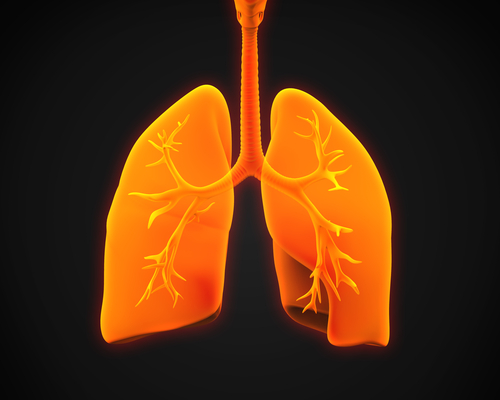 Kamada Ltd, an Israel-based drug maker, announced that its experimental inhaled drug AAT for the treatment of alpha-1 antitrypsin deficiency recently failed to meet endpoints in a key trial. Kamada is planning to release details of the study results in the third quarter of this year.
Kamada Ltd, an Israel-based drug maker, announced that its experimental inhaled drug AAT for the treatment of alpha-1 antitrypsin deficiency recently failed to meet endpoints in a key trial. Kamada is planning to release details of the study results in the third quarter of this year.
Alpha-1 antitrypsin deficiency is a hereditary disorder. Patients with the disease have low levels of alpha-1 antitrypsin, which is produced by white blood cells, primarily in the lungs. It is often misdiagnosed as asthma or bronchitis, resulting in development of lung, liver disease,s and sometimes panniculitis (a skin disease) in patients. Severe A1AT deficiency often leads to panacinar emphysema or COPD in adults. It is estimated that 1 in 2,500 people are affected by the disease in the United States, as it closely aligns with diseases related to COPD.
168 patients with alpha-1 antitrypsin deficiency participated in the 50-week study, with researchers discovering that the treatment was not effective compared to placebo in early data.
Kamada has developed an intravenous version of its drug Glassia, which is being marketing by Baxter Inc. in the United States, Israel, Brazil and Russia. They are also evaluating the therapeutic efficacy of the disease for cystic fibrosis, bronchiectasis, and diabetes. In this study, researchers tried to develop an inhalable version of the drug, which would be able to reach the lungs directly using the eFlow Nebulizer System by PARI Pharma, Kamada’s German partner.
Kamada’s stock dropped almost 35% last friday in the wake of the news. “I think it’s clear to say they won’t be able to file (for U.S. approval) off of these results, unless there’s something magical they’re planning to release in the third quarter,” said Andrew Fein, H.C. Wainwright & Co analyst. According to his estimation, the European market for the disease condition could be worth $100 million and at least three times as much in the United States.
